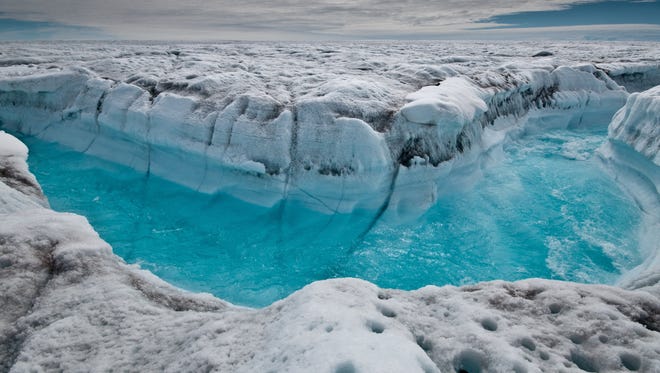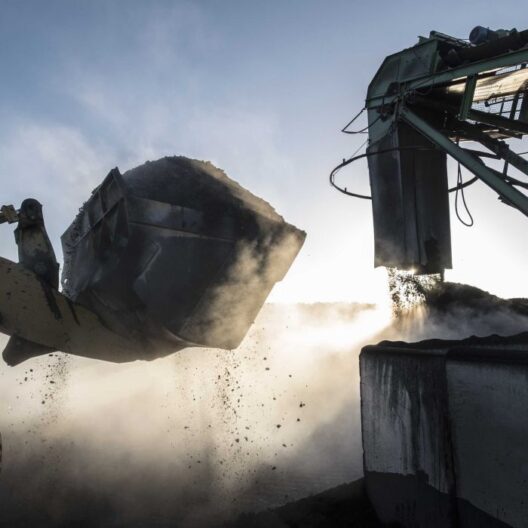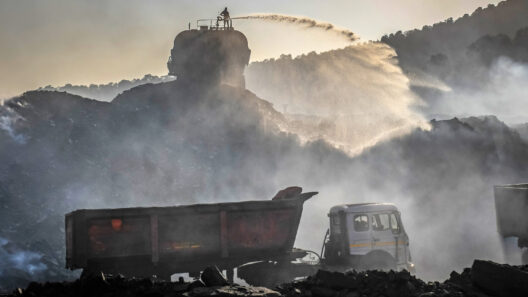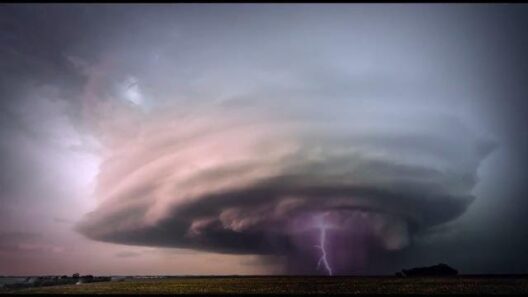The phenomenon of melting ice sheets at the poles is not merely an alarming spectacle—it is a clarion call for immediate action against the relentless march of climate change. As we peer into the consequences of this ecological crisis, we must ask ourselves: What if the very ice that once kept our planet’s climate systems stable has become the catalyst for their destruction?
Ice sheets, particularly those in Greenland and Antarctica, act as vast reservoirs, sequestering water and reflecting sunlight back into space. Their expeditious melting contributes significantly to global warming, presenting a multifaceted challenge that extends beyond rising sea levels. This paper delves into the intricate relationship between ice sheets and global warming, ultimately illustrating how one exacerbates the other in a vicious cycle.
The most immediate consequence of ice sheet melting is the influx of freshwater into the oceans. With the polar ice caps shedding staggering amounts of ice, an estimated 3.3 million cubic kilometers of water have been added to the oceans over the past few decades. This dramatic increase in sea level poses existential threats to coastal communities worldwide and disrupts marine ecosystems. As oceans swell, they inundate land, erode coastlines, and alter habitats, with ripple effects felt across regional economies and biodiversity.
However, the implications of melting ice sheets extend beyond mere territorial loss. The fresh water from melting ice alters the salinity and density of ocean currents. These currents play a crucial role in regulating Earth’s climate by distributing heat across the globe. When freshwater mixes with saltwater, it disrupts critical oceanic conveyor belts, such as the Atlantic Meridional Overturning Circulation (AMOC). This disruption can lead to unpredictable shifts in weather patterns, amplifying extremes previously considered anomalies—think intensified hurricanes, prolonged droughts, and unseasonal flooding. Could we be experiencing the harbingers of a new global climate chaos?
In addition to direct consequences on sea levels and ocean currents, melting ice sheets contribute to feedback mechanisms that exacerbate global warming. One significant feedback loop involves the albedo effect: ice reflects a significant portion of incoming solar radiation, while ocean water absorbs it. As ice melts, more ocean surface area is exposed, leading to increased absorption of sunlight. This absorption warms the oceans, resulting in further melting of ice and perpetuating the cycle. This causes a kind of “climate tipping point” where restorative measures become increasingly challenging, as our planet teeters on the brink of a new, less hospitable equilibrium.
Furthermore, the melting ice sheets release ancient methane—an extremely potent greenhouse gas—trapped within the ice for millennia. As the permafrost thaws, the release of methane accelerates atmospheric warming, propelling us further from our climate goals. According to some estimates, a significant rise in methane concentration could add as much as 0.5 degrees Celsius to global temperatures. In a world where every fraction of a degree matters, such a shift could have catastrophic consequences for climate stability.
How then do we address this multifaceted issue? One potential challenge is encapsulated in the question of efficacy. Can we genuinely mitigate the damages wrought by ice sheet melting through technological advancements or policy changes? While renewable energy transitions, carbon capture technologies, and reforestation can help reduce greenhouse gas emissions, these solutions often seem to fall short of addressing the totality of climate change. The very nature of our fossil-fuel-dependent economy imposes formidable barriers to progress.
Policy interventions at international levels must incentivize countries to commit to more aggressive emission reduction targets. The Paris Agreement set an essential baseline, yet as ice sheets continue to melt at alarming rates, the need for more robust measures becomes increasingly apparent. The urgency for innovations in carbon neutral technologies, sustainable agriculture practices, and collective global initiatives cannot be overstated. Imagine if the world opted for a coordinated approach that prioritizes sustainability over short-term economic gains. What could humanity achieve?
The role of education and public awareness also cannot be underestimated in combating these challenges. Engaging communities in understanding the implications of melting ice sheets fosters a sense of collective responsibility. Highlighting local impacts as a result of global changes encourages individuals to take action—whether it be through grassroots activism, scientific research, or lifestyle adjustments aimed at reducing carbon footprints. In galvanizing public action, society can drive change that places importance on ecological health over economic expediency.
Ultimately, the melting of ice sheets represents more than a stark environmental statistic; it embodies the intertwined relationships within Earth’s systems, each aspect influencing the next in a complex web. If we allow this cycle to continue unchecked, we risk not only inundating our coastlines but also irrevocably altering weather patterns, biodiversity, and our very way of life. The question remains—can we muster the vigor and resolve to curtail our contributions to this spiraling dilemma?
In summary, the melting ice sheets are a formidable linchpin in the intricate machinery of climate change. Their expedited dissolution compels us to confront the vertiginous consequences for ocean levels, weather patterns, and atmospheric composition. As we grapple with the repercussions, we must respond with urgency and innovation. The time to act is not tomorrow but now, forging a sustainable legacy for future generations amidst an increasingly precarious climate. The fate of our planet hangs delicately in the balance.







